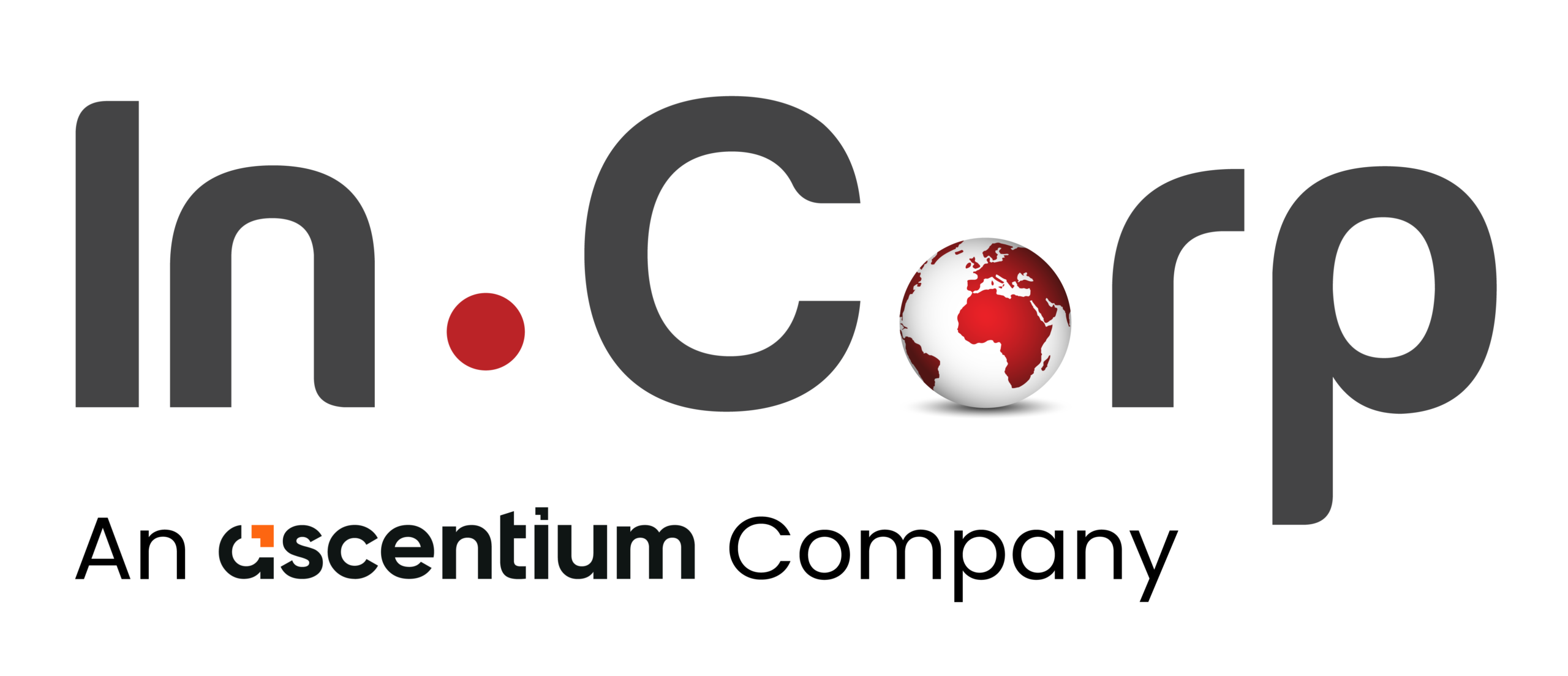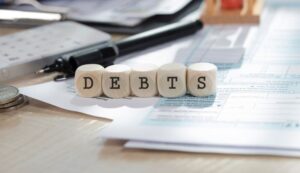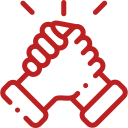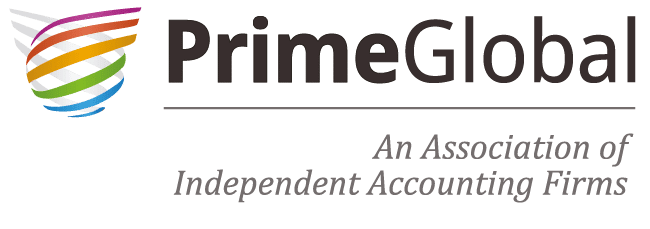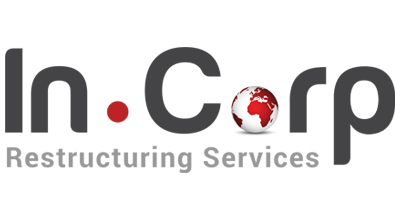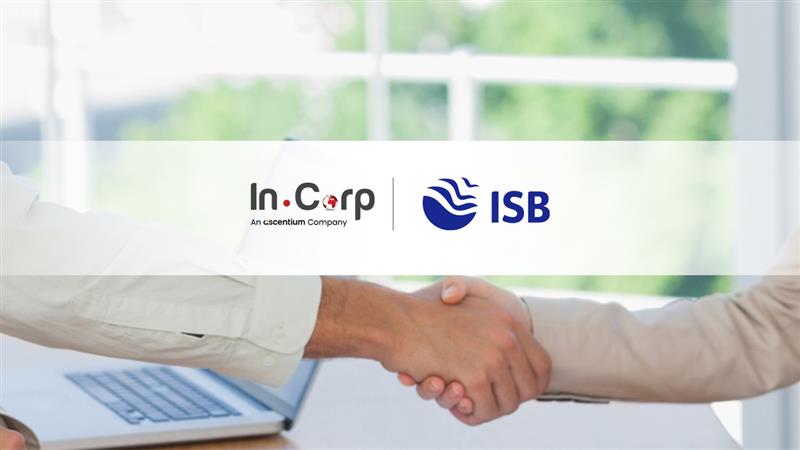How to Get Started with Sustainability Reporting?

How to Get Started with Sustainability Reporting?
Understanding sustainability reporting: From frameworks, ratings to defining the reporting scope, know the factors essential to meet growing ESG regulations.
- Authors
- Last Updated
- Tags
- Last Updated
- Tags
Share
Table of Contents
- Authors
- Last Updated
- Tags
Sustainability reporting has now become a common practice in many countries across the world. The demand for sustainability reporting has been rising because of its role in depicting a clearer picture of companies’ standing with respect to sustainable practices. This has become essential for holding companies accountable due to the severe unwanted impacts on the environment and ecosystem. Growing ESG regulations and an urgent call to join hands together to save the planet and the future of upcoming generations are more crucial than ever. When combined with a company’s financial reporting, sustainability reporting serves as a tool for investors to assess the risks related to the companies, they have invested in. Hence, companies report their sustainable progress to stakeholders.
While getting started with sustainability reporting, it can seem challenging to choose from a plethora of frameworks. Navigating the diverse array of sustainable ratings to apply for can also further compound the challenge. While the process of sustainability reporting improves over time, the crucial step is seizing the opportunity to begin.
How to Get Started with Sustainability Reporting?
1. Define your company’s priorities
Before getting started with Sustainability Reporting, it is important to understand what you want to communicate with whom. Define your company’s focus area and target audience. The topic under focus can change from merely one area (for example, climate change) to broad areas (the entire spectrum of ESG areas). Similarly, the stakeholders you choose to focus on may range from investors to wider groups, including customers, employees and society at large. You should also consider the regulatory requirements concerning climate-related disclosures and other forms of environmental, social, and governance (ESG) compliances when selecting frameworks for sustainability reporting.
How do you choose a sustainability framework?
Choose a sustainability framework based on your scope of sustainability reporting and target audience.
| Name of the Framework | Scope of Sustainability Reporting | Target Audience |
|---|---|---|
| Carbon Disclosure Project (CDP) | Climate/ Environment | Multiple Stakeholders |
| Climate Disclosure Standards Board (CDSB) | Climate/ Environment | Investors |
| Task Force on Climate-Related Financial Disclosures (TCFD) | Climate/ Environment | Investors |
| Global Reporting Initiative (GRI) | Environment, Social and Governance | Multiple Stakeholders |
| United Nations Global Compact (UNGC) | Environment, Social and Governance | Multiple Stakeholders |
| Sustainability Accounting Standards Board | Environment, Social and Governance | Investors |
| International Integrated Reporting Council | Environment, Social and Governance | Investors |
| World Economic Forum International Business Council (WEF IBC) | Environment, Social and Governance | Multiple Stakeholders |
While setting the foundational steps, you should consider it through the lens of measuring your sustainability performance in the form of sustainability rating criteria. It acts as a benchmark for your company’s performance over time. Hence, you should choose whether to go for ratings on the climate/environmental aspect or a broader aspect. You can also choose whether these ratings should be aimed at investors or a broad category of stakeholders.
Which sustainability ratings to target?
Choose a sustainability rating based on your scope of sustainability reporting and target audience.
| Ratings | Examples | Scope of Sustainability Reporting | Target Audience |
|---|---|---|---|
| Paris Compliant Targets and Performance | Science Based Targets | Climate/Environment | Multiple Stakeholders |
| Climate Bonds | Climate Bonds Initiative | Climate/Environment | Investors |
| Environment, Social and Governance Ratings | Sustainalytics, MSCI and Bloomberg | Environment, Social and Governance | Investors |
| Supplier Ratings | EcoVadis | Environment, Social and Governance | Multiple Stakeholders |
2. Allocate the Responsibility of Sustainability Reporting
Similar to the process of financial reporting, it is crucial to allocate the responsibility of sustainability reporting to a specific team within your company. The team should oversee the sustainability reporting project as it is a complex process and requires coordination among various departments like human resources, legal, environment, etc. It is also important to set responsibilities for various sets of activities involved in the project, such as data collection, validation, reviews, etc. to ensure clarity. The project execution can be done in stages and broken down into a set of relevant activities. For every activity, roles and responsibilities can be defined, which can make the project execution easier. You can use a project management tool called ‘Responsibility Assignment Matrix’ to clarify roles and responsibilities for tasks or activities within the sustainability reporting project. To learn more about RAM, click here.
3. Identify the Priority Areas
While sustainability reporting may entail a broad range of matters, it is important to identify and understand what is important for your company and stakeholders. A good way to do this is by conducting a materiality assessment analysis. This process helps identify sustainability-related risks and opportunities in an accurate manner. It helps you shortlist focus areas pertaining to economic, social, environmental, and human rights. This can be done by considering the impact of your company on ESG aspects and the impact of externalities on your company’s economic performance. The topics are prioritized based on their importance to the company and stakeholders. If you are getting started with sustainability reporting for the first time, you can also get help from third-party subject matter experts or consultants to carry out the process. The exercise can be conducted after a specified period to update your company’s focus areas with the evolving challenges in your industry.
4. Understand and Determine Your Data Requirements
- Define the reporting scope and boundary for your company and value chain
Based on the framework selected, align your reporting boundaries with framework requirements. For example, sustainability-related information prepared in accordance with the ISSB standards should have the same reporting boundary as its related financial report. If possible, try to keep the boundaries of your sustainability report and financial statements the same. Decide on the type of approach you want to follow. You can decide whether you want to report the information on a standalone level or consolidated level. Additionally, you should also decide the locations/sites you want to cover for reporting. The sites covered should be disclosed in the reporting approach for a clearer understanding of your stakeholders.
- Understand the data requirement in alignment with the sustainability standards
Once the reporting boundaries are set, it is important to understand your sustainability standards and reporting needs for internal and external purposes. All sustainability frameworks are made keeping crucial rationale in mind. The availability of data and your ability to collect the data in alignment with the framework requirements are critical for effectively communicating your company’s sustainable progress. You may consider developing internal sustainability framework expertise within your team or consulting third-party consultants who can help you understand your data requirements and set up necessary systems or checklists for data collection.
5. Set Systems for Data Collection
Sustainability reporting is all about identifying and defining your company’s sustainability KPIs and disclosing them to your stakeholders. The outcomes of your sustainability initiatives and their integration within your company directly affect your reporting KPIs. Hence, they become an important measure to substantiate your progress. Every initiative taken should influence your KPIs in a positive manner.
Understand your sustainability reporting framework and identify the KPIs pertaining to your company’s focus areas and stakeholder communication objectives. Collaborate with your company’s internal departments to check if they have data monitoring systems in place for your KPIs. If the data collection procedure is not available in the desired form, mechanisms should be set up to collect, process and/or monitor it. You can apprise all the relevant departments about the reporting requirements and collaborate with them to ensure accuracy in collecting data. Every department concerned should understand the reporting requirements, as inaccuracies in data can hamper the integrity and transparency of your sustainability report.
The data collection processes can be made simpler by using technology and software systems. You should ensure that the data collected is reliable so that its outputs can be relied upon. This can be achieved by verifying your internal systems and implementing internal controls as stringent as those for the financial reporting process.
You can also get the help of external consultants and sustainability reporting service providers, like us, to improve the data collection process and train your internal teams in the realm of sustainability. We can also provide guidance on sustainability-related incentives.
6. Report your Sustainability Progress
Choose a suitable medium based on your target audience. You can choose from various formats like integrated reports or standalone sustainability reports. You can also leverage other formats like websites, social media feeds, newsletters, etc., for a more tailored approach to reinforce your sustainability communication. The content should be reported in a simplified manner so that the stakeholders can understand the interlinkage between various kinds of disclosures. Your company’s story should be faithfully presented without any greenwashing. This can be achieved by complete, neutral and accurate depiction of your company’s sustainability-related risks and opportunities.
With time, you should focus on the incorporation of additional and relevant data in the next sustainability report.
7. Build Credibility in Your Report through External Assurance
Practices like assurance and audit build stakeholder trust. The involvement of third-party experts ensures adherence to sustainability reporting frameworks and improves the accuracy and quality of the data reported. It shows your company’s commitment to transparency, accountability and better sustainability communications. These processes also help streamline your internal processes, identify the bottlenecks and improve reporting systems through adequate feedback. While selecting the assurance provider, you should make sure they are independent to ensure impartial and objective evaluation.
Why Choose InCorp Advisory?
At InCorp, we are well adept to help you understand your sustainability reporting processes in adherence to various leading frameworks like GRI, TCFD, SASB etc. We also provide consultancy services on improving your sustainability disclosures, rating scores, sustainability reporting gaps as well as assurance. If you have any questions or require assistance regarding our process, please write to us at info@incorpadvisory.in or reach out to us at (+91) 77380 66622.
Authored by:
Aishwarya Nandedkar | Sustainability & ESG
Frequently Asked Questions
Both reports are based on your company's ESG aspects. While their focus and scope vary. The impact report focuses on specific projects and their direct impacts, whereas the ESG report details our company’s overall sustainability performance and strategies.
It depends on the nature of your business and strategic objectives. You can refer to the sustainability framework chosen, do peer benchmarking and identify the regulatory requirements in your jurisdiction. Documenting sustainability progress is a basic way to provide comprehensive information to your stakeholders. You can also use methods like ESG webpages, social media, stakeholder engagement sessions and internal communications.
ESG ratings offer third party perspective on your company’s sustainability performance. It helps investors and stakeholders in comparing sustainability performance of various companies.
The sustainability reporting challenges of different industries are unique. This is attributed to the diverse environmental, social, and governance (ESG) impacts and risks associated with each industry. For example, food safety and quality control measures can be one of the priority areas of the food industry. Similarly, the automotive industry may prioritize responsible sourcing and supply chain management as it is prevalent to them.
Share
Share
